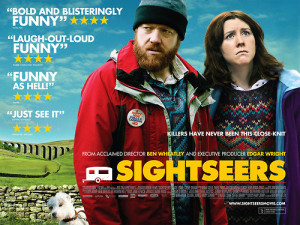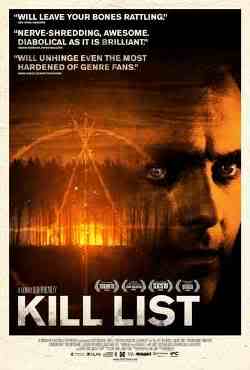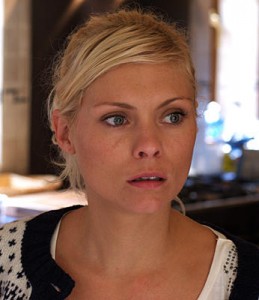 Sightseers/2012/IFC Films/89 min.
Sightseers/2012/IFC Films/89 min.
British horror director Ben Wheatley’s new film “Sightseers” has a brilliant comic premise: A frumpy couple takes a caravan holiday in Northern England to enjoy a little romance, see some historic sights and do a bit of writing. Chris (Steve Oram) is a wannabe author and Tina (Alice Lowe) is his muse, natch.
This idyll is inevitably interrupted by pesky people, i. e. fellow tourists, who grate on the pair’s nerves. After accidentally running down a loutish litterbug, Chris and Tina figure they might as well do away with other pests, posers and partiers.
Chris and Tina shift easily from annoying to absurdly amoral. And this dark setup is potentially entertaining – most of us have a story about obnoxious people we’ve met while traveling and really wish we hadn’t. Unfortunately, though, I didn’t find “Sightseers” very funny, mainly because the script (by Oram and Lowe) seems clumsy, and Chris and Tina’s clichéd relationship is overly manipulated.
I can’t escape the feeling that Wheatley, whose last film was “Kill List,” another tale of unpleasant people doing ghastly deeds, infuses his films with a sense of spontaneity, creepy atmosphere, a snide hipster vibe and not a whole lot else.
That said, I did enjoy the film’s final twist. If you find yourself in a misanthropic frame of mind, this movie could be a trip worth taking.
“Sightseers” opens today at Landmark’s Sunshine Cinema in New York and at Landmark’s Nuart Theatre in West LA.












From FNB readers